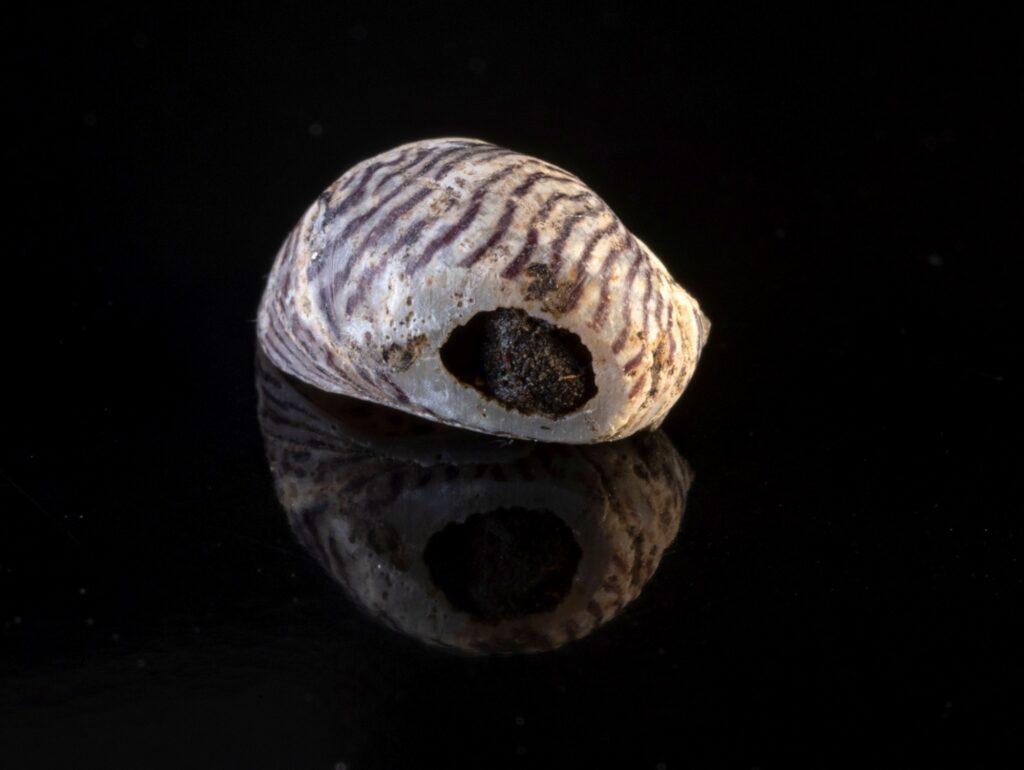Archaeologists and speleologists working in the Kateřinská Cave in the Moravian Karst have uncovered new findings that shed light on both prehistoric and medieval human activity in the region. The latest phase of research has revealed two remarkably preserved shell ornaments and a newly discovered fragment of a mysterious stone tablet featuring cuneiform script.
During the summer analysis of previously excavated material, researchers identified two complete shell decorations and one with a broken section. “There are now four fully preserved and two incomplete ornaments in our collection, plus one sample used for dating, which confirmed they are over 8,000 years old,” said Petr Zajíček, a specialist from the Czech Caves Administration (SJ ČR).
A subsequent review in October brought an unexpected find: another fragment of a stone tablet with bas-relief carvings, the latest piece in a puzzle that began two years ago with the discovery of earlier fragments depicting human figures. The newly unearthed part bears letters in cuneiform, raising intriguing questions about its origin and meaning.
Archaeological research in Kateřinská Cave, ongoing since 2016, has already revealed 15 prehistoric charcoal drawings, making it one of the most significant cave art sites in the Czech Republic. Some of these ancient artworks can be seen during guided tours and at the exhibition panels at the cave entrance.
Excavations have also uncovered traces of prehistoric and medieval settlement, including the first known medieval counterfeiters’ workshop in the Moravian Karst. Among the most valuable artefacts are shell ornaments made from the Danube river snail, as well as fragments of a stone relief resembling a Hittite procession of deities.

The long-term research is a collaboration between Palacký University in Olomouc, the Moravian Museum in Brno, and the Nuclear Physics Institute of the Czech Academy of Sciences, which carries out radiocarbon dating.
“This archaeological and epigraphic research of the Kateřinská Cave has significantly pushed the boundaries of knowledge not only about the cave itself, but also about the entire Moravian Karst region. This is also why the Kateřinská Cave, together with the Punkva Caves and the Macochá Abyss, has been proposed for the UNESCO World Heritage List,” said Milan Jan Půček, director of the Czech Archaeological Museum.
Kateřinská Cave, located near Skalní Mlýn in the Suchý Žleb canyon, remains open to visitors daily except Mondays, with tours at 10am, 12pm, and 2pm. It will close for the winter months from December to February to protect hibernating bats.
More information is available at www.caves.cz and facebook.com/KaterinskaJeskyne.







